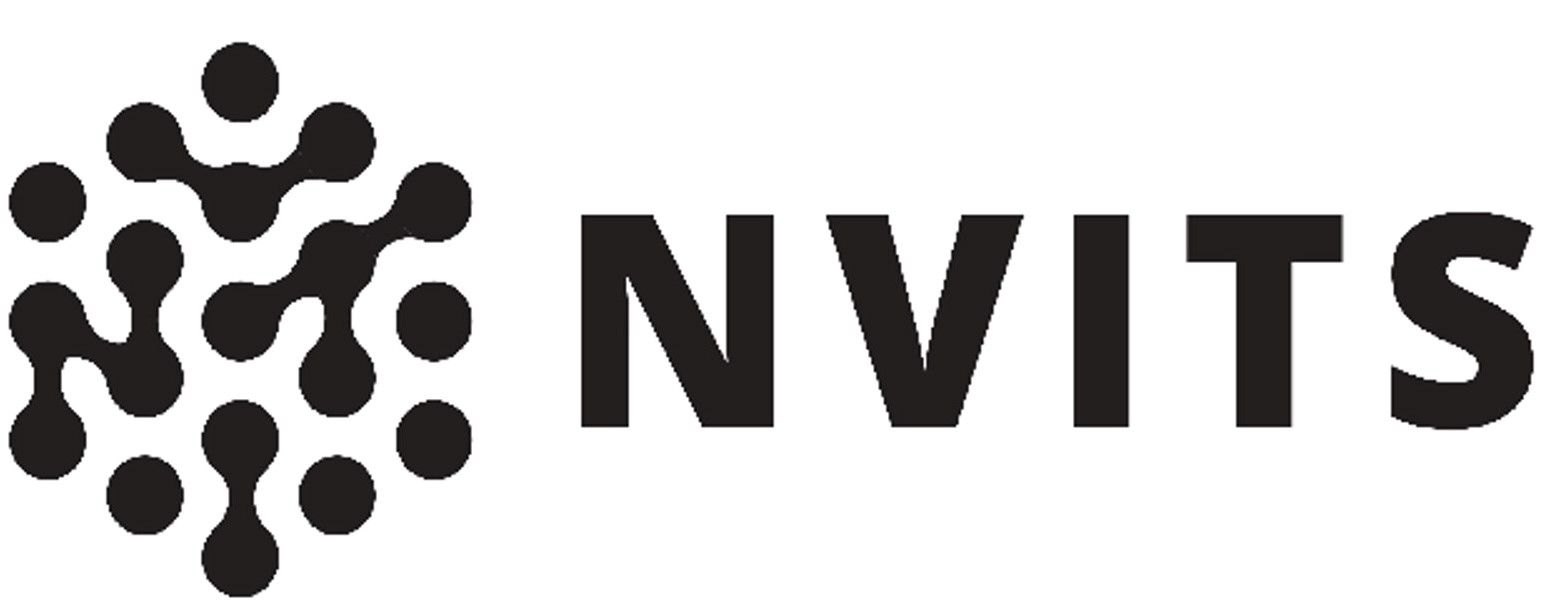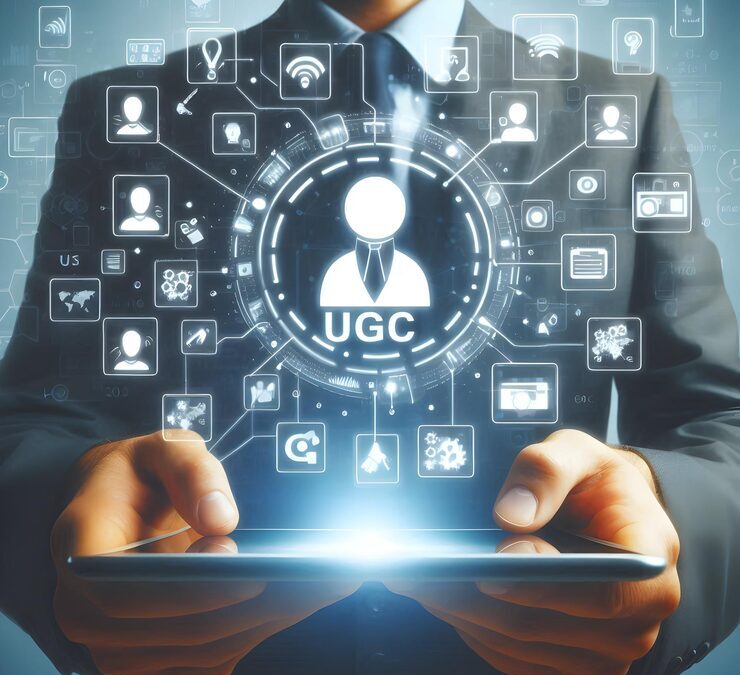There’s a big chance that you’ve heard the term ‘Multi-Factor Authentication’ a couple of times but just in other forms. Does ‘two-step verification’ sound familiar to you? If you’re using Google, more than likely you’ll say yes. Most websites nowadays require this procedure to check if you’re either a hacker or a hack bot. Let’s admit it. Sometimes, these security procedures are annoying and pinch a bit of our time. However, with the constant widespread of cyber crimes around the world, especially after the pandemic chaos, it’s a much needed added protection.
The passwords that we were used to utilizing are under the single-factor authentication method. This means that only one credential is required from a user to access a network or website. This security measure used to be enough, until hackers have revolutionized their cyber-strategies. A lot of password hacking tools and methods surfaces constantly which includes key loggers, phishing attacks, and more. They can also hack an account using a dictionary system where related information about a person is mixed and matched to get a victim’s password. And, if you are using the same password for most of your accounts, you just gave them the keys to the kingdom!
Efforts in setting up encryption services, firewalls, and anti-virus applications will all lose its value if the entry point of access is compromised. A great strategy to implement is to group users by categories and use Multi-Factor Authentication for those who have access to highly sensitive information. The authentication process is an initiative that can improve your business’ data security without much-added cost. The NVIT Solutions team provides guidance to these practices.
In this article, we’ll give you everything that you should know about MFA and how it can give an added impact to your cyber safety. Let’s start having a safer working environment by knowing what exactly is the Multi-Factor Authentication (MFA) method!
What is Multi-Factor Authentication?
Multi-Factor Authentication (MFA) is a security measure that requires a user to provide two pieces of evidence of his or her identity. The common factor that we have is the password and the other one can be a security token or a biometric factor. To explain this further, there are five types of authentication factors:
- SOMETHING THAT YOU KNOW (Knowledge Factor) – This factor is usually a password, a PIN or an answer to a security question. These are the pieces of information that only you know; nobody else.
- SOMETHING THAT YOU HAVE (Security Tokens) – This factor pertains to information sent to a physical object such as devices that you carry with you. It can be sent to your mobile phone or in the form of an ID card or security keys. There are three classifications for a security token:
- HMAC ONE-TIME PASSWORD (HOTP) – These are security tokens that only expire when used.
-
- Time-Based One-Time Password (TOTP) –This token expires in a specific time frame usually in 30 seconds. When the time is up, a new token will be generated.
- Universal 2nd Factor (U2F) – These are devices that allow you to access highly sensitive websites and platforms without using your mobile phones and entering any password. It records all the passwords and uses a highly generated cryptography to keep everything secured. You just need to insert the device and click the small button when logging in.
- SOMETHING THAT DEFINES YOU (Biometric Factor) – this factor includes anything that is unique in you physically. Your unique features include your fingerprint, retina, voice, and face.
- SOMEWHERE YOU ARE (Geo-location factor) – This token uses IP and MAC addresses to locate a login attempt. Notification in login attempts are often seen through the emails you receive when someone tries to login in your account in a different location.
- SOMETHING THAT YOU DO (Action factor) – This factor is usually based on recording your activity or behavior to identify your identity. However, this factor is rarely used because of its complexity. This is also known as the Picture Password. Windows 8 allowed you to have this feature by recording your mouse strokes in a certain picture.
Among the five factors, there are only three to four factors that we commonly encounter. Google uses a geolocation factor in tracing login attempts and notifies you through email. After such activity, you’ll be reminded to strengthen your account’s security settings by setting up your multi-factor authentication.
How Does Multi-Factor Authentication Work?
Companies’ common MFA setup involves software that sends out PIN codes and devices that are used to authenticate a login attempt. Authentication usually starts by registering your device in your enterprise authentication software. Once entered, you’ll be required to enter the pin sent to your mobile device. Only then, will you be able to access the company sites, accounts, or applications.
Companies who promote mobility in the workplace are usually equipped with an authentication device. These authentication devices are called Universal 2nd Factor (U2F). These authentication keys are used to speed up the Multi-Factor Authentication by just attaching the device into your computer’s USB hub and pressing the small button. The popular brands in U2F category are Yubikey by Yubico and Titan Security Keys by Google. Attaching this security device to your computer will no longer require you to type any security codes and will authenticate any login that you make as soon as you push the small button on the device.
Advantages of Multi-Factor Authentication (MFA) for Your Business and Cyber Security
The widespread cyber attacks going on around the world should not be taken lightly. Every year, millions of companies suffer from their information becoming compromised; putting all of its users in a greater risk for theft and fraud. MFA is one of the many security measures that you can implement in your company and greatly add value to your cybersecurity efforts.
The benefits include:
Increased Productivity through Enhanced Employee Mobility
The ability to authenticate devices in the workplace allows the employees to have mobility and flexibility in the workplace. Based on the survey performed by CITO research, out of 322 respondents 67% of the professionals considered an increased improvement in their business processes. Multi-Factor Authentication allows employees to access the company’s network across any devices and anywhere they go without getting worried about data security.
Early Detection of Suspicious Login Attempts and Increased Cybersecurity
Weak passwords will always be the greatest flaw of password-protected software. Most of us find it hard to set up a strong password that protects and can easily be remembered. There are a lot of hacking incidents that fell into the trap of using 1234 as their password like what happened to Vodafone. MFA eases up the vulnerability of weak passwords by adding an added layer of identification. It also allows your business to identify any unauthorized login attempts to your enterprise accounts. The awareness of the attempts will also help NVIT Solutions to observe the behavior and investigate the potential attack, protecting you even further.
Cost Savings
Aside from increased mobility for employees, MFA allows your employees to set up security without heavy intervention or big costs. It also saves you big time from potential ransomware attacks costing your company hundreds of thousands of dollars and crucial client data.
Lower Risk of Identity Theft and Fraud
MFA makes it hard for the hackers to emulate unique features of a user through the biometric factor. Also regardless if they get a hold of the user password, they will never know the security tokens that were sent to the owner’s devices. Some company websites won’t even allow you to have access if you log in from an unregistered device in their authentication system… leaving hackers no chance to enter the network.
Breaks the Phishing Cycle
If one of your employees was caught in a phishing attack, the hacker wouldn’t be able to get through the network because of the additional factor required by your company system. An attack will only be possible if the hacker can get access to the SMS sent to the device or they have the authentication keys to access your company accounts.
Successful Hack Prevention Measures through MFA
Ever wondered how Google still stands tall from cyber-attacks? They’ve revealed this security secret in an interview conducted by Krebs security. They require their employees to use authentication keys or U2F in accessing the company’s network. The Google spokesperson mentioned that there were no account takeovers reported since the implementation of the authentication keys. This only shows further how MFA is an effective method in securing your company’s data.
You’re One Step Away to a More Secure Working Environment
Our NVIT Solutions team is here to provide you with all of the technical expertise that you need to set up your own MFA and have it implemented within your company smoothly. Be safe now with Multi-Factor Authentication; a simple measure to add another layer of protection.
If you have any questions, please do not hesitate to reach out.

